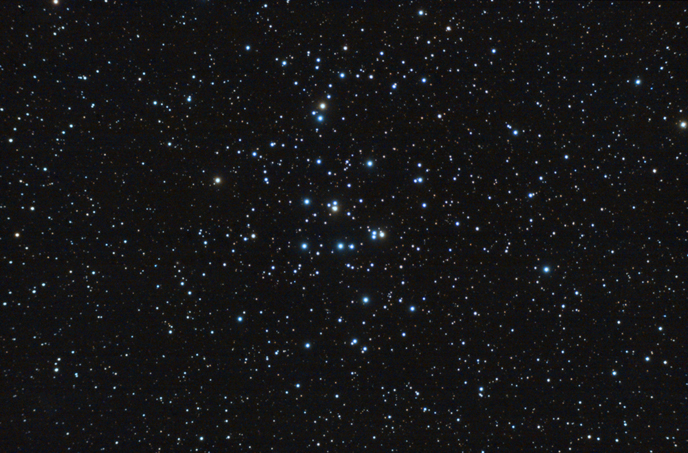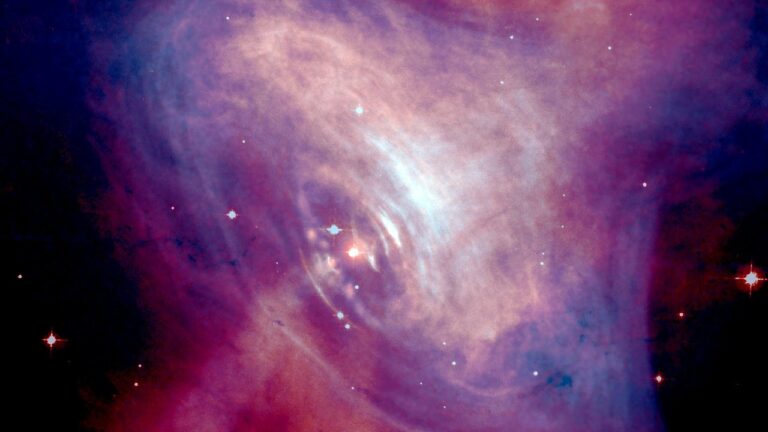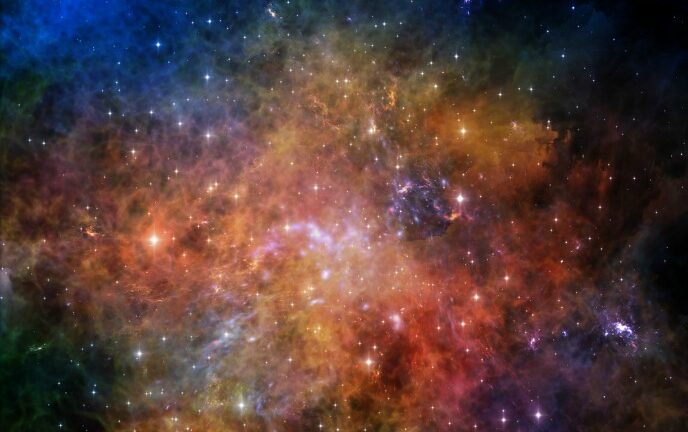
A team of Tel Aviv University and UCLA astronomers have discovered a huge cluster of more than a million young stars forming in a hot, dusty cloud of molecular gases in a dwarf galaxy very near our own.
The star cluster is buried within a massive gas cloud dubbed “Cloud D” in the NGC 5253 dwarf galaxy, and, although it’s a billion times brighter than our sun, is barely visible, hidden by its own hot gases and dust.
The researchers say the star cluster contains more than 7,000 massive “O” stars: the most brilliant stars in existence and each a million times more luminous than our sun.
“Cloud D is an incredibly efficient star and soot factory,” says Prof. Sara Beck of TAU’s Department of Astronomy and Astrophysics and co-author of the research, recently published in Nature. “This cloud has created a huge cluster of stars, and the stars have created an unprecedented amount of dust.”
Beck collaborated with Prof. Jean Turner, Chair of UCLA’s Department of Physics and Astronomy, and a team of researchers at the Submillimeter Array, a joint project of the Smithsonian Astrophysical Observatory and the Academia Sinica Institute of Astronomy and Astrophysics, on Hawaii’s Mauna Kea.
“Extreme and extraordinary things are happening right in our very own astronomical neighborhood,” Beck says. “In astrophysics we assume that, unless proven otherwise, basic processes are the same everywhere. But here we’re witnessing globular cluster formation — a process which we assumed was ‘turned off’ in our galaxy ten billion years ago — occurring today in a nearby galaxy.”
According to the researchers, NGC 5253 is home to hundreds of large star clusters. The most spectacular cluster, cocooned in the massive Cloud D, is about three million years old, remarkably young in astronomical terms.
In the future, Cloud D could be destroyed by stars that turn into supernovae — spinning all of the gas and elements into interstellar space. Beck said her team is continuing to study and monitor the galaxy using the Atacama Large Millimeter/submillimeter Arrray in Chile.
Co-authors of the research include S. Michelle Consiglio, a UCLA graduate student of Turner’s; David Meier of the New Mexico Institute of Mining and Technology; Paul Ho of Taiwan’s Academia Sinica Astronomy and Astrophysics; and Jun-Hui Zhao of the Harvard-Smithsonian Center for Astrophysics.














